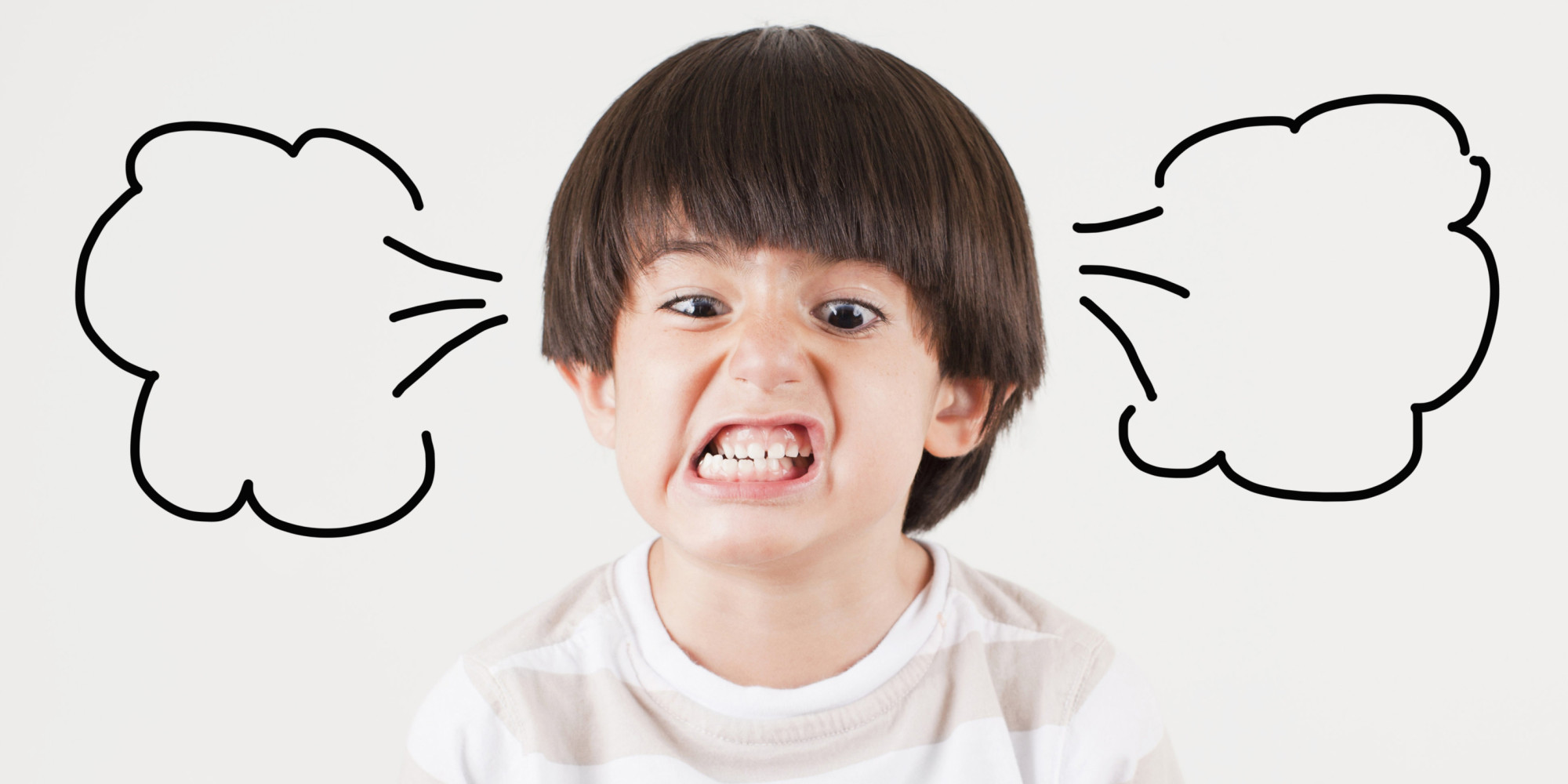
20 Oct Why you should go with the tantrum flow
If you’re like most parents, you probably dread the inevitable tantrum episode, seemingly hiding around every corner. Although it’s a natural and common occurrence amongst young children, because of the distress it causes (for everyone in the vicinity), you naturally want to stop it in its tracks, but is this the best thing to do? As the saying goes, ‘everything happens for a reason’.
The reason that your child has meltdowns over seemingly small and innocuous situations is because their frontal lobe is still in the developing phase. In fact, this part of the brain doesn’t fully develop until around the age of 25. It is responsible for regulating, inhibiting and prioritizing reactions or responses – hence anything from hunger, wanting that toy, to plans changing, overstimulation or an irritating clothing tag can trigger a catastrophic episode in a child. They simply don’t have the ability to understand, reason their way through or put the situation into context.
A common trigger for a tantrum is being denied something that they want. This can actually cause a response in the brain that signals danger, resulting in a fight-or-flight reaction.
Why should you allow the tantrum to take its course?
It’s hard to believe, but tantrums are an important part of emotional health and development. Following are a few reasons why:
- Crying relieves the body of stress, helping to improve their mood – tears contain cortisol (the stress hormone), so they literally help to remove stress from the body.
- A tantrum is a process that needs to take its course – it begins with an overwhelming wave of emotions that trigger involuntary responses as the brain processes its way through the ineffectiveness of the tantrum and finally toward acceptance. Provided the tantrum is allowed to take it’s course, they will learn to adapt to a more appropriate response over time.
- Tantrums and crying are a process of healing and learning – it helps to get the pent-up emotions (frustration) out of their system, clearing their mind to allow for learning and progression.
- Being allowed to express emotions and frustration helps children to feel accepted, enabling them to be happier and more relaxed.
- Pent-up emotions can inhibit sleep – just as it does in adults when we’re holding on to stress.
- Causing a tantrum by saying ‘no’ to your child gives them clear boundaries, which helps them to understand appropriate behavior.
It’s important to remember that a tantrum is just an amplified expression of their emotions, which they don’t yet have control of. Generally, they are actually a display of acceptance, and not an attempt to manipulate the situation in their favour.
If you’re concerned about any developmental issues in relation to your child’s tantrums and need some support and guidance to help you both through the tough times, contact Western Paediatric Physiotherapy in Hoppers Crossing today to schedule an appointment. Call our friendly team on (03) 8001 2042. Our Paediatric Physiotherapists genuinely care about the wellbeing of you and your child.

No Comments